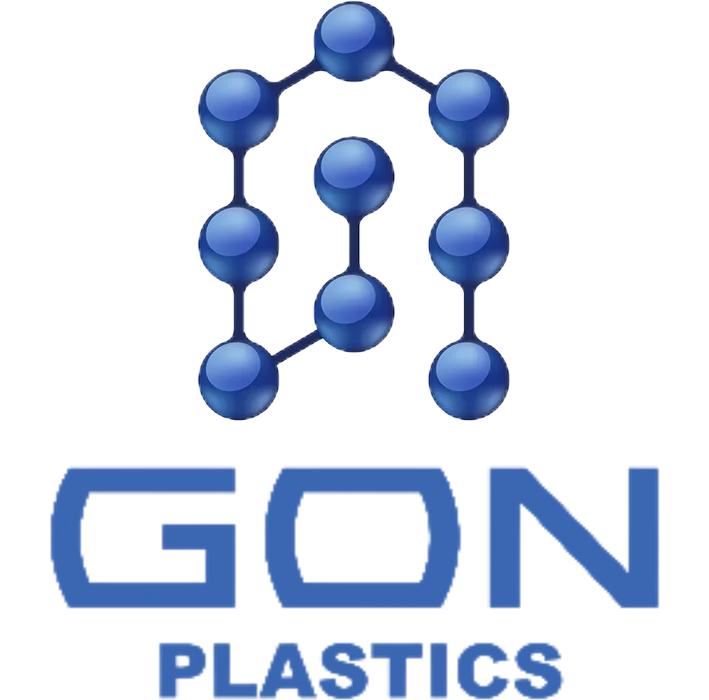What Is Styrofoam Made Of? A Deep Dive Into Styrofoam Composition
Have you ever wondered about the mysterious composition of Styrofoam? In this article, we delve deep into the science behind this popular material to uncover what exactly Styrofoam is made of. Prepare to be amazed by the fascinating insights we uncover about the composition of this everyday material. Join us on this exploration to discover the secrets of Styrofoam and its intriguing composition.
to Styrofoam and its Common Uses
Styrofoam is a popular material known for its lightweight and insulating properties. It is commonly used in packaging, disposable food containers, and insulation. Styrofoam is often mistaken for polystyrene, but they are actually two different materials. Styrofoam is a trademarked brand of expanded polystyrene foam, which is made from a mix of styrene and ethylene.
The Composition of Styrofoam
Styrofoam is primarily made up of polystyrene, a petroleum-based plastic that is derived from styrene, a liquid hydrocarbon. The production process involves polymerizing styrene to form long chains of polystyrene, which are then expanded using steam to create the foam-like structure of Styrofoam. Additionally, a blowing agent is added to the mixture to create the air pockets that give Styrofoam its insulating properties.
Environmental Impact of Styrofoam
While Styrofoam is a versatile material that has many practical uses, it also has a significant environmental impact. Styrofoam is not biodegradable and can take hundreds of years to break down in a landfill. When Styrofoam is incinerated, it releases harmful chemicals into the air, contributing to air pollution. Furthermore, Styrofoam is lightweight and easily carried by wind, leading to litter and pollution in our oceans and waterways.
Alternatives to Styrofoam
In light of the environmental concerns associated with Styrofoam, many companies and individuals are seeking out more sustainable alternatives. Some biodegradable packaging materials, such as cornstarch-based packing peanuts or mushroom-based packaging, are gaining popularity as eco-friendly alternatives to Styrofoam. Additionally, some cities and countries have implemented bans on Styrofoam products in an effort to reduce waste and promote more sustainable packaging options.
The Future of Styrofoam
As awareness of the environmental impact of Styrofoam continues to grow, the future of this material is uncertain. While there are efforts to develop more environmentally friendly alternatives, Styrofoam remains a widely used material in many industries due to its cost-effectiveness and insulating properties. It will be important for manufacturers, policymakers, and consumers to work together to find solutions that balance the practicality of Styrofoam with the need to protect our planet for future generations.
In conclusion, Styrofoam is a versatile material with many practical uses, but it also has a significant environmental impact. Understanding the composition of Styrofoam and its effects on the environment is crucial in making informed choices about its use. As we look towards a more sustainable future, exploring alternatives to Styrofoam and advocating for responsible waste management practices will be key in reducing the negative impact of this widely used material.
Conclusion
In conclusion, after delving into the composition of Styrofoam and exploring its chemical makeup, it is clear that this widely used material is primarily made of polystyrene, a type of plastic derived from petroleum. Despite its convenience and versatility, Styrofoam poses significant environmental concerns due to its non-biodegradable nature. As a company with 25 years of experience in the industry, it is crucial for us to continue exploring sustainable alternatives and promoting eco-friendly practices to minimize the impact of Styrofoam on the environment. By making informed choices and advocating for responsible consumption, we can work towards a greener future for generations to come.



